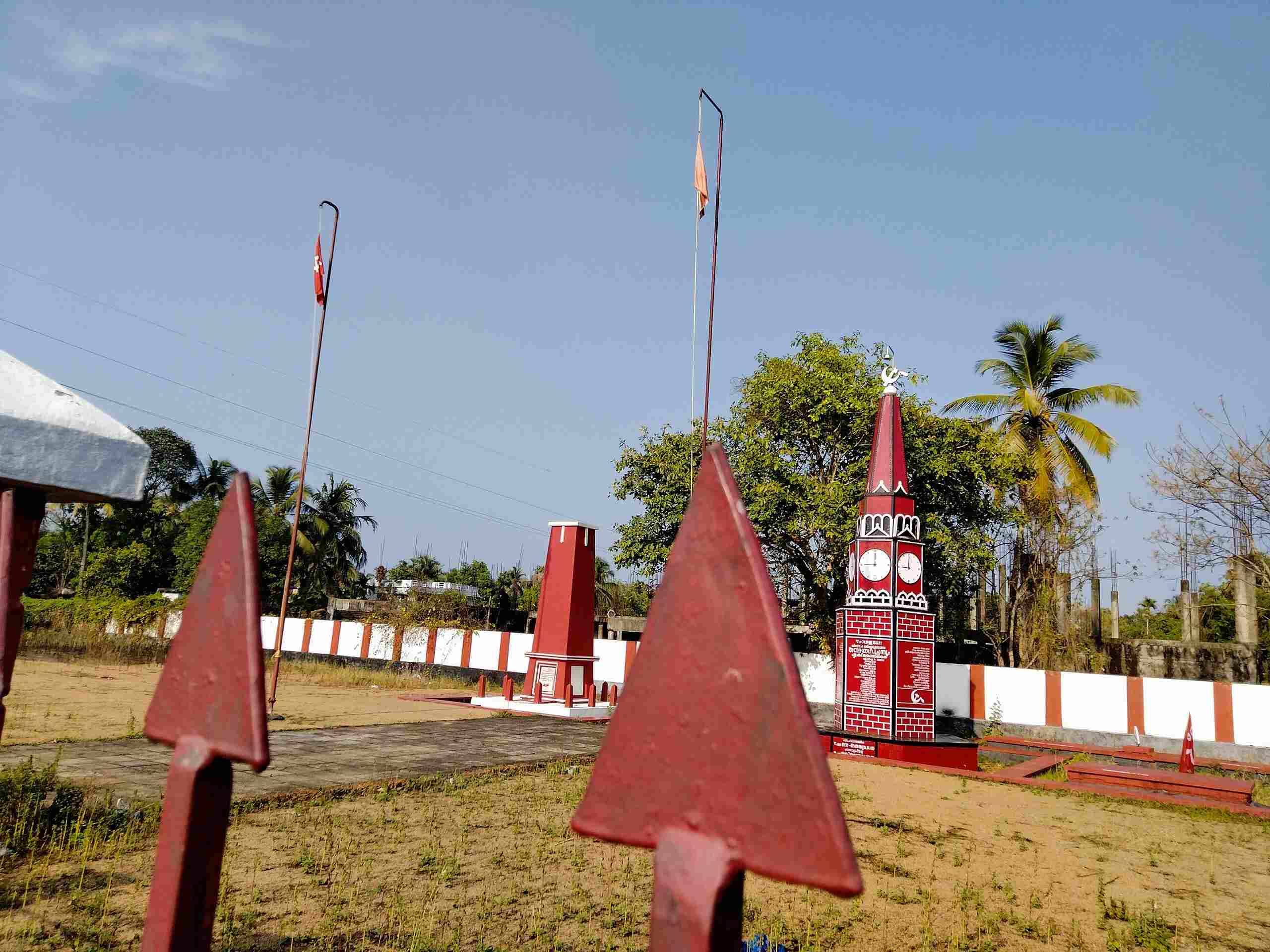
What was the Punnapra-Vayalar Uprising? The Punnapra-Vayalar Uprising was a significant event in India's struggle for independence, particularly in the state of Kerala. This revolt took place in 1946, led by the Communist Party of India against the oppressive policies of the princely state of Travancore. The uprising was fueled by the harsh economic conditions and the autocratic rule of the Diwan, Sir C.P. Ramaswami Iyer. Thousands of workers and peasants from the villages of Punnapra and Vayalar united, demanding better working conditions and democratic rights. The revolt was brutally suppressed by the Travancore army, resulting in the deaths of hundreds of protestors. Despite its tragic end, the uprising remains a symbol of resistance and courage in Kerala's history.
Key Takeaways:
- The Punnapra-Vayalar Uprising was a major protest in Kerala against unfair treatment of workers and peasants by the ruling government, and it helped strengthen the Communist Party's influence in the region.
- The uprising, named after two villages, Punnapra and Vayalar, saw brave men and women fighting against oppressive policies, and their sacrifices are remembered annually in Kerala.
What was the Punnapra-Vayalar Uprising?
The Punnapra-Vayalar Uprising was a significant event in Indian history. It took place in the princely state of Travancore, now part of Kerala. This movement was a struggle against the oppressive policies of the ruling Diwan, Sir C.P. Ramaswami Iyer.
- The uprising occurred in 1946, just before India gained independence.
- It was primarily led by the Communist Party of India.
- The main participants were workers and peasants from the Alappuzha district.
- The movement was named after two villages, Punnapra and Vayalar, where major confrontations happened.
- The uprising was a reaction to the Diwan's repressive measures, including labor exploitation and harsh taxes.
Key Figures in the Uprising
Several leaders and activists played crucial roles in the Punnapra-Vayalar Uprising. Their efforts and sacrifices are remembered to this day.
- T.V. Thomas was a prominent leader of the Communist Party involved in the uprising.
- P. Krishna Pillai, another key leader, was instrumental in organizing the workers and peasants.
- The Diwan, Sir C.P. Ramaswami Iyer, was the main antagonist whose policies sparked the revolt.
- Many local leaders and activists also contributed significantly to the movement.
- The uprising saw the participation of women, who played vital roles in supporting the cause.
Major Events During the Uprising
The Punnapra-Vayalar Uprising was marked by several significant events that shaped its course and outcome.
- The first major clash occurred in Punnapra on October 24, 1946.
- A few days later, on October 27, a larger confrontation took place in Vayalar.
- The protesters used traditional weapons like spears and swords against the well-armed state forces.
- The state forces, including the police and army, responded with brutal force.
- Hundreds of protesters were killed in the violent clashes.
Impact and Legacy of the Uprising
The Punnapra-Vayalar Uprising had a lasting impact on the region and the broader struggle for Indian independence.
- The uprising highlighted the plight of workers and peasants under oppressive regimes.
- It brought national attention to the repressive policies of the Travancore state.
- The movement strengthened the Communist Party's influence in Kerala.
- The sacrifices of the protesters are commemorated annually in Kerala.
- The uprising is considered a precursor to the larger struggles for workers' rights in India.
Cultural and Historical Significance
The Punnapra-Vayalar Uprising holds a special place in Kerala's cultural and historical narrative.
- The event has been depicted in various forms of art, including literature and cinema.
- Memorials and monuments have been erected in Punnapra and Vayalar to honor the martyrs.
- The uprising is taught in schools as part of Kerala's history curriculum.
- It serves as a symbol of resistance against oppression and exploitation.
- The legacy of the uprising continues to inspire social and political movements in Kerala.
The Legacy of Punnapra-Vayalar
The Punnapra-Vayalar Uprising stands as a significant chapter in India's struggle for independence. This revolt, driven by the working class, showcased the power of unity and the fight against oppression. The bravery of those who participated continues to inspire generations. Their sacrifices remind us of the importance of standing up for justice and equality. The uprising's impact on Kerala's political landscape is undeniable, leading to reforms and greater awareness of workers' rights. By remembering these events, we honor the courage and determination of those who fought for a better future. Their legacy lives on, encouraging us to strive for a fair and just society. The Punnapra-Vayalar Uprising is not just a historical event but a testament to the enduring spirit of resistance and the quest for freedom.
Frequently Asked Questions
Was this page helpful?
Our commitment to delivering trustworthy and engaging content is at the heart of what we do. Each fact on our site is contributed by real users like you, bringing a wealth of diverse insights and information. To ensure the highest standards of accuracy and reliability, our dedicated editors meticulously review each submission. This process guarantees that the facts we share are not only fascinating but also credible. Trust in our commitment to quality and authenticity as you explore and learn with us.
